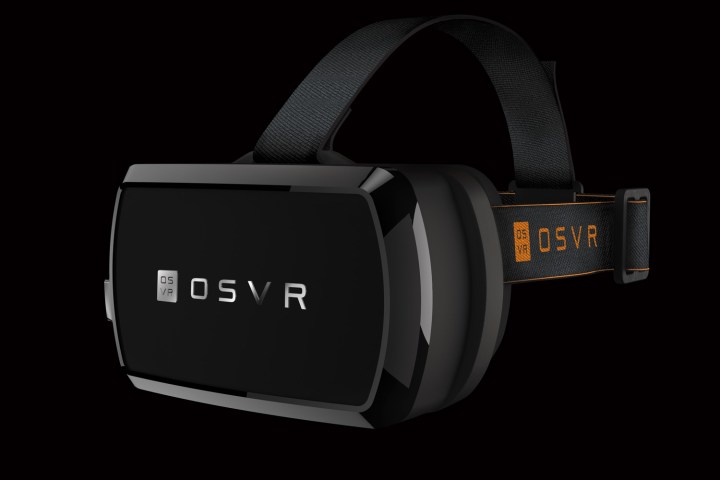
For the uninitiated, OSVR is a platform developed by popular gaming peripheral maker Razer and head-mounted display creator Sensics. The latest headset development kit is actually up for pre-order on Razer’s website, and through OSVR’s website, costing $400, which is cheaper than the Rift and HTC Vive. The free games will only be offered until July 28, 2016, or while supplies last. The kit itself won’t ship until July 29, 2016.
The new kit comes packed with a faceplate module providing 360-degree positional tracking, an IR camera operating at 100Hz, and a mainboard for the accelerometer, gyroscope, and compass sensors. This mainboard also plays host to external USB 3.0 connectivity, and two internal USB 3.0 ports for internal expansion. This board is re-programmable for additional functionality.
The specifications for the new kit show a 5.5-inch dual display low persistence OLED screen with 2,160 x 1,200 resolution (441ppi) that refreshes up to 90 times per second, and a high-performance dual lens optics system packing an individual eye focus feature. The display module even includes an enlarged eye-box “for fuss-free setup.”
In addition to those components, the kit contains a removable face mask with a bamboo charcoal microfiber foam layer. Additional foam padding is provided for cheekbones, and a nose bridge with rubber nose inserts to make the VR headset more comfortable to wear. A Belt Box module is provided in the kit too, for better cable management, and for additional USB 3.0 connectivity. There’s even an integrated surround sound audio codec, and signal boosters.
Razer is still selling the original HDK 1 (v1.4) kit for $300. That version sports a low-persistence OLED display with a lower 1,920 x 1,080 resolution and a slower 60Hz refresh rate. Owners of the original HDK 1.x kit can reportedly upgrade to the new version’s screen by taking apart their headset and installing the new, hi-res model.
“The HDK 2 allows us to meet the needs of VR fans and gamers and provide developers with affordable open-source hardware to innovate with,” said Christopher Mitchell, OSVR Lead, Razer, last month. “With the HDK 2 being able to deliver a visual experience on par with industry leaders, we will now be able to represent hardware agnostic VR media and games in all their glory for future headsets to adopt through the open source ecosystem.”
Razer told RoadToVR that HDK 2 will initially only be sold in the United States and Europe, but it is expected to become available in the Asia-Pacific region within the next several weeks. A new Windows Installer compatible with HDK 1.x and HDK 2 will be released as well when the newer kit ships later this month, along with automatic SteamVR driver installation to make access to SteamVR content even easier.


